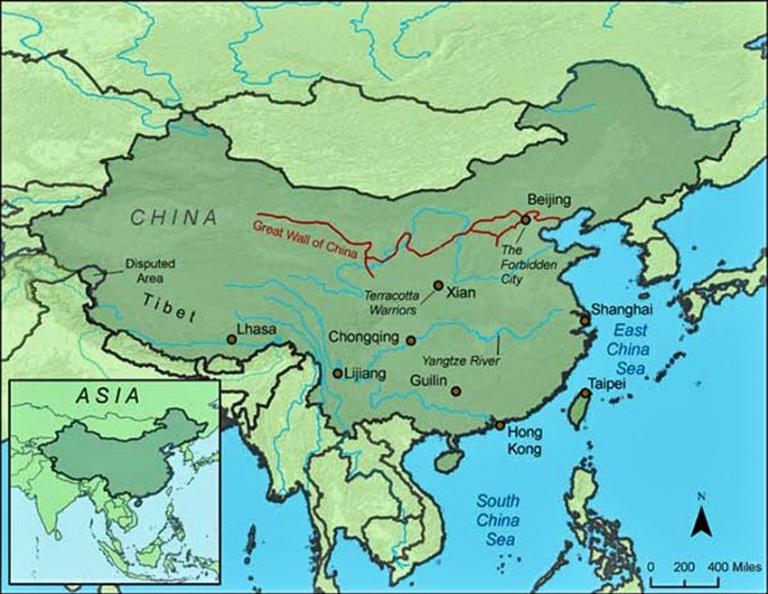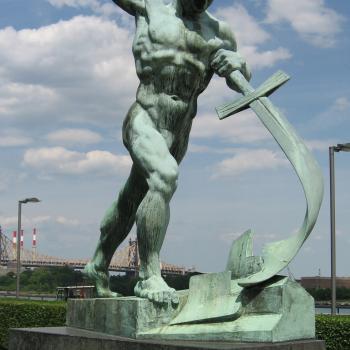[For an explanation of these 18 posts, see Part 1 published on 3/27/2019.]
In discussing national border walls that have served as protection for its people, The Great Wall of China takes first place. It still exists today and is a UNESCO World Heritage site. It is regarded as one of the Seven Wonders of the World. It is visited by millions of tourists annually. While much of The Great Wall still exists today, some of it is in a collapsed condition. Chinese authorities are working to restore these portions.
The Great Wall of China generally is twenty feet tall and sixteen feet wide. But it is often thirty feet wide at its base. The Great Wall includes a series of fortification towers built into it, each about forty feet high and stationed at 492-foot intervals. At various times throughout its history, as many as one million guards were stationed at 44,000 towers and stations to defend The Great Wall. These guards lived in the Wall’s fortifications. About one million people died in constructing The Great Wall of China.
 The original purpose of the Great Wall of China was to prevent hostile barbarians invading China from the north, mostly from present Mongolia. The famous Mongolian warrior-emperor named Genghis Khan (1162-1227) once said of China’s Great Wall, “Any wall is only as good as the men who defend it.”
The original purpose of the Great Wall of China was to prevent hostile barbarians invading China from the north, mostly from present Mongolia. The famous Mongolian warrior-emperor named Genghis Khan (1162-1227) once said of China’s Great Wall, “Any wall is only as good as the men who defend it.”
The Great Wall of China was constructed intermitingly over a period of nearly two millennia. It began during the Qin Dynasty in the third century BCE along China’s northern border that ran east and west mostly with present Mongolia. It was remodeled during the Ming Dynasty (1368-1644 CE.) Those historical records reveal that the Wall was 5,500 miles in length. The Great Wall was still being built even in the nineteenth century. A recent, five-year, archaeological study has revealed that The Great Wall of China at one time extended over 13,000 miles. It spread from the Gobi Desert in the east to the Pacific Ocean near North Korea. However, all of this length was not contiguous. As many as sixteen different walls have now been identified by satellites.
The Great Wall of China was made mostly of stone and brick, but also of tamped earth, wood, and mortar. Its white mortar has proved to be stronger than modern mortar. It even survived better than the bricks, enabling the Wall’s surprising longevity. Chemists recently solved the mystery of the composition of this white mortar. They discovered that it was made with lime mixed in boiling water with 3% of it being sticky rice. The starch in the rice is what gave the mortar its strength. Leave it to the Asians to figure out how to successfully sustain life with their ubiquitous rice!
Did The Great Wall serve its purpose? There is still much debate about whether it was worth the effort in constructing, maintaining, and guarding The Great Wall of China.













